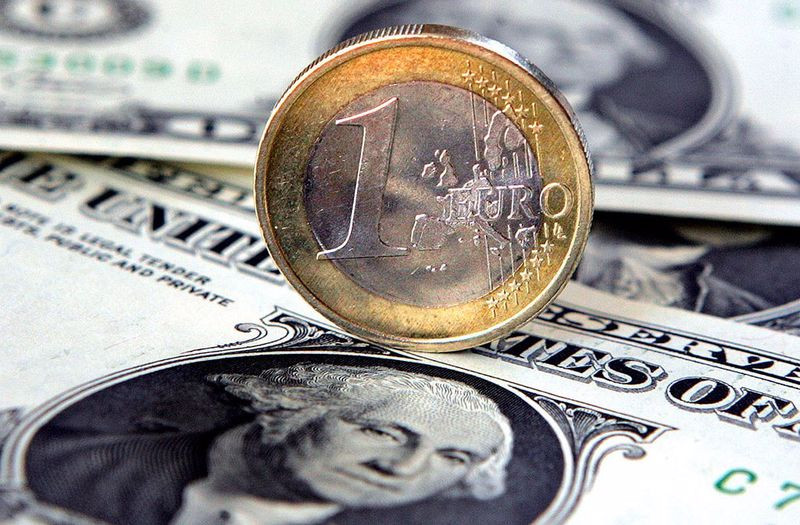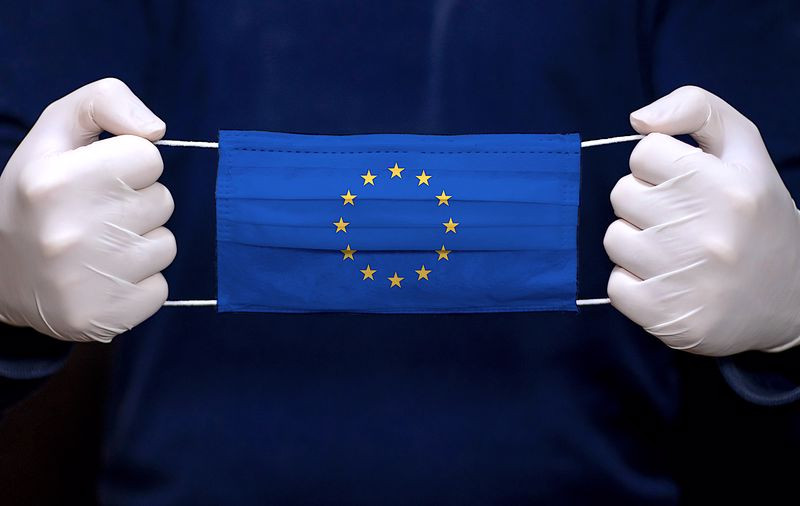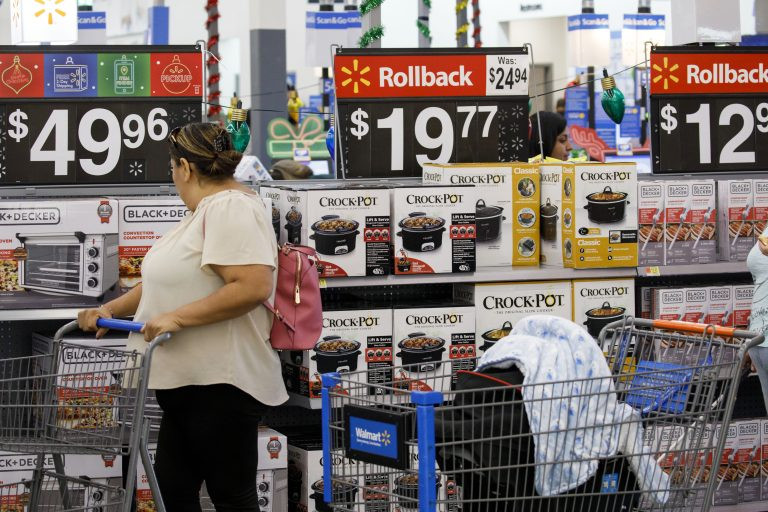
Last week, the US currency reached its highest level since July 2020 (around 96.25 points), ending with growth for the fourth week in a row.
This was largely facilitated by the hawkish comments of FOMC officials.
In particular, the deputy head of the Federal Reserve, Richard Clarida, said that in December it would be possible to discuss accelerating the pace of curtailing QE.
A member of the Fed's Board of Governors, Christopher Waller, in turn, said that the central bank could begin winding down by $30 billion from January, which would allow it to raise the key rate in April.
Strong statistical data on the US also helped the USD index to return to the values of a year and a half ago.
Thus, retail sales in the country in October increased by 1.7% compared to September and against the forecast of 1.2%.
At the same time, industrial production in the United States expanded by 1.6% compared to the previous month, exceeding expectations.
Meanwhile, the European Central Bank signaled its unwillingness to tighten monetary policy in the current conditions, which was reflected in the negative dynamics of the EUR/USD pair.
According to the results of last week, the euro fell in price against the US dollar by 1.4%.
ECB President Christine Lagarde and ECB chief economist Philip Lane said that rates are unlikely to rise in 2022, and inflation will fall below 2% in 2023.
Short positions on the euro intensified after the release of news that the authorities of a number of European countries have strengthened anti-covid measures due to a surge in morbidity.

Austria has become the first country in Western Europe to reintroduce a full national quarantine to combat COVID-19.
Germany is next in line, which has already been put into a state of emergency by the fourth wave of coronavirus.
The country's health minister, Jens Spahn, warned that vaccination alone would not lead to a reduction in the number of cases of infection and did not rule out the possibility of introducing a nationwide lockdown.
As a result, the EUR/USD pair updated the 16-month low, sinking to 1.1250, then it was able to reduce losses and ended the last five days near 1.1290.
At the beginning of the new week, the dollar continues to be in demand, leaving the main currency pair under pressure.
The single currency cannot catch its breath yet, as players overestimate the likelihood of an ECB rate hike next year amid concerns about the introduction of new lockdowns in the eurozone.
"The greenback continues to strengthen on the likelihood of an increase in the rate of reduction in the volume of asset repurchases, as several Fed representatives hinted earlier about making this decision at the December meeting. This makes it more likely that the regulator will raise the key rate next year," MUFG strategists said.
Bank of America experts believe that rising prices and wages in the United States will push the US central bank to raise rates in the summer of 2022, and maybe even earlier.
At the same time, the most conservative forecast is given by Reuters experts. In their opinion, the Fed will raise the cost of borrowing in the 4th quarter of 2022, followed by two more increases in the 1st and 2nd quarters of 2023, as a result of which the federal funds rate will reach 1.25-1.5%.
Although the ECB has reduced the size of the emergency asset repurchase program, it lags far behind its American counterpart in raising interest rates.
In addition to concern for the European economy, whose growth risks slowing down under the influence of the coronavirus, the euro is under pressure from the soft policy of the ECB, NAB analysts say.
Expectations of a Fed rate hike in the second half of 2022 remain the main support factor for the dollar.
"The greenback may extend its rally this week and set a new high in 2021. Another round of strong inflation in the US may strengthen expectations about an increase in the federal funds rate," the CBA believes.

This week, the focus is on data on personal incomes and expenditures of Americans, which include the basic consumer goods price index (PCE), which is the Fed's preferred indicator of inflation. According to forecasts, in October the indicator grew by 4.1% in annual terms.
In addition, minutes from the last meetings of the Fed and the ECB will be published, which can only emphasize the differences in monetary policy in Europe and the United States. This will negatively affect the exchange rate of the single currency, which is currently suffering from another wave of coronavirus and the introduction of new restrictions in the eurozone.
The prospects of a harsh winter in Europe strengthen the cautious views of the ECB and justify the recent sell-off of EUR/USD.
The main currency pair has updated 16-month lows, having sank from the area of 1.1280 in the direction of 1.1230 after US President Joe Biden decided to re-nominate the current head of the central bank Jerome Powell to the post of Fed chairman.
However, the pair has already rolled back from the lows and is now trading above 1.1250 again, although it remains in the red intraday zone (-0.2%).
The strengthening of the dollar in response to this news was associated with the elimination of dovish risks caused by the possible nomination of Lael Brainard for the post of the new head of the central bank. Investors feared that it would demonstrate a higher level of tolerance for high inflation.
At the moment, the EUR/USD pair is testing the strength of support in the area of 1.1250, and its net breakdown will open the way for the bears to 1.1200, and then to 1.1170.
On the other hand, resistance is marked at 1.1310, 1.1350 and 1.1400.





















